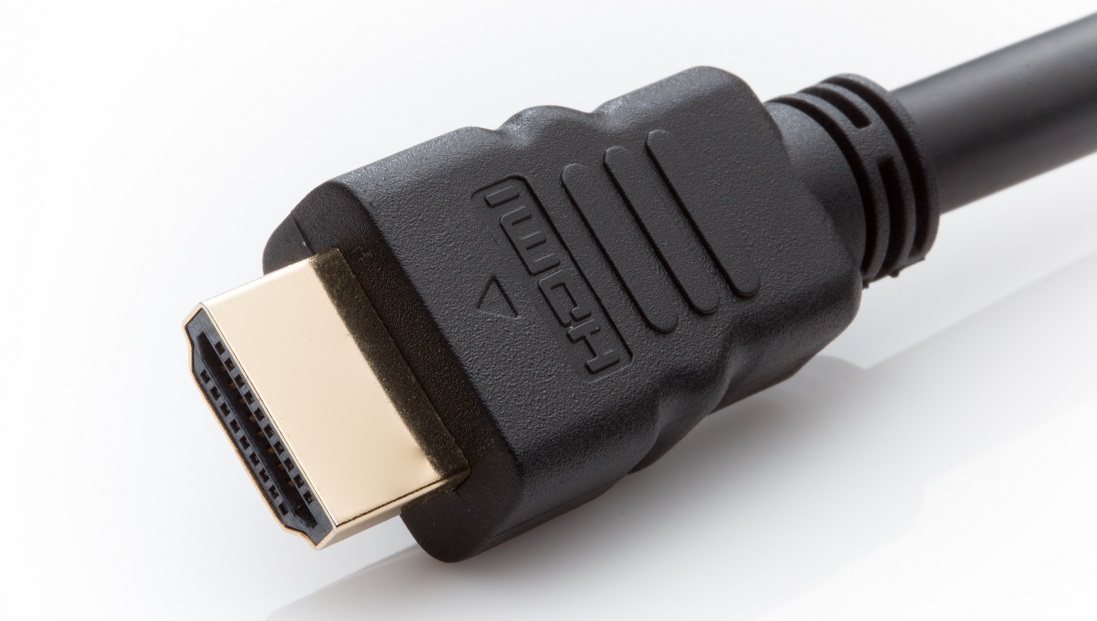In today’s AV installations, HDMI technology is commonplace, but as 4K becomes the norm and 8K begins to breakthrough, a new version of the HDMI specification has been introduced. First announced two years ago at CES, HDMI 2.1 has replaced HDMI 2.0 and its features are quickly being implemented.
We expect HDM 2.1 will become a market standard soon and will continue to be the standard for years to come, which means that future-proofing a necessity. Here are three things you need to know about HDMI 2.1:
1. HDMI 2.1 offers a larger pipeline over HDMI 2.0
HDMI 2.1 is starting to emerge due to its practical ability to support a range of higher video resolutions and refresh rates, as well as increased bandwidth – from 18Gbps to 48Gbps.
When HDMI 2.0 was released, some products and in-place installations struggled to handle the maximum capabilities we have since grown accustomed to, including, 4K@60Hz, 4:4:4 and Deep Color.
The new HDMI 2.1 Ultra High Speed cables will allow installers to fully take advantage of these as well as support the new HDMI 2.1 features. HDMI 2.1-enabled products also open the door to more fiber optic options, technologies, and creates a whole new market for installers looking to maximize specifications and reduce potential issues.
2. HDMI 2.1 means 8K – but it’s so much more than that
Though HDMI 2.1 is still in its infancy stage, 8K is starting to break through. Installers that specify 8K TVs should also be looking into cables that support HDMI 2.1 specification features if they want to get the most out of the technology and to futureproof their customer’s systems.
New Ultra High Speed cables can carry uncompressed 8K resolutions at 60Hz, but more than that, they can also carry uncompressed 4K resolutions at 120Hz, a spec that was nearly impossible to attain with previously available hardware. With the increase in bandwidth also comes support for features like Dynamic HDR and eARC.
eARC supports the latest high-bitrate audio formats for better quality audio down the cable at a faster rate, and Dynamic HDR guarantees that every frame is optimized for the best color, depth and detail rather than a single value being applied to a whole video, which is particularly beneficial for gaming, movies, and other video applications where immersive picture quality is critical.
3. HDMI 2.1 is backwards compatible
The features we love and are accustomed to hearing and preaching about with HDMI 2.0 such as 4K@60Hz, 4:4:4 chroma subsampling with HDR won’t be going away any time soon.
But as HDMI 2.1 compliance test specs continue to be released and certified products continue to enter the market, more HDMI 2.1 features will need to be supported. This includes not just the more obvious 8K@60Hz, but also Variable Refresh Rate, Auto Low Latency Mode, eARC, and more.
It’s also important to note that HDMI 2.1 also introduces a brand new signalling technology called Fixed Rate Link that needs support with certified products. In order to take full advantage of the new HDMI specifications, however, installers will need to look to invest in new cables.
Fortunately, HDMI cables are backwards compatible, so there is no concern about new and old hardware or systems playing nicely together.
Related: We May Not Need 8K Resolution Right Now, But We’re Sunk if We Don’t Prep For It
At Vanco, we’ve seen the writing on the wall for some time and as a result developed our HDMI over Fiber line that takes advantage of some of the new HDMI features and benefits.
As the technology continues to evolve, we intend to continue developing those lines as well as other HDMI products that incorporate fiber in order to take advantage of the additional specifications made possible by HDMI 2.1.










